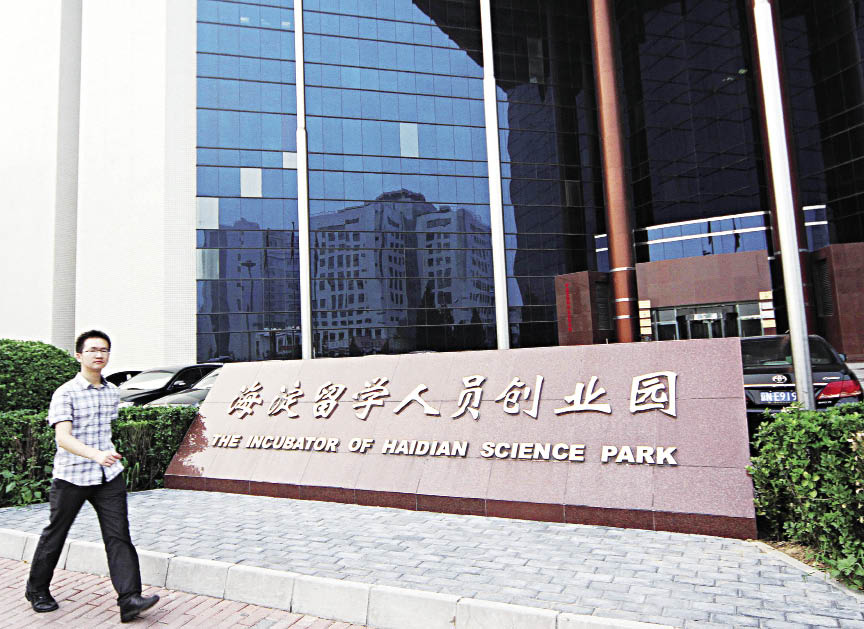| Competing for Talent in the International Arena
By WANG HUIYAO
WITH globalization comes an increasing international flow of talent, which goes hand in hand with the transfer of technology and capital. Currently, there are more than 200 million people worldwide working outside their native countries. In such countries as Kenya, Mauritius, Mozambique and Fiji a phenomenon know as the "brain drain" is prevalent, with 33 to 55 percent of higher-educated people having headed for better-off countries, mostly members of the Organization for Economic Co-operation and Development (OECD), to work. China, along with India and Russia, has seen one of the largest volumes of talent outflow.
Fierce international competition for talent is one of the driving forces behind the global human resource mobility. The U.S. has enjoyed the biggest intake of international talent, and has benefited enormously from it. In 2006, foreign-born inventors or co-inventors accounted for 24.2 percent of patent applications, and in the period from 1995 to 2005, 25 percent of all the newly registered engineering and technology companies had founders from foreign countries. A 2007 report by the Kauffman Foundation says as many as 52.4 percent of companies in the Silicon Valley were founded or co-founded by immigrants.
|

|
| The incubator for overseas students to start business is becoming an innovation powerhouse. Photo by China Foto Press |
The U.S.'s leading position in many fields has owed much to its huge intake of international talent. As Singapore's former Prime Minister Lee Kuan Yew once pointed out, in this era, every developed country depends on immigrants and talented individuals to enhance its competitiveness.
Nowadays, there is intense international competition for skilled labor, and the U.S. has long stayed ahead in the race. The U.S. has an open, global talent strategy that intertwines with its policies involving fields such as science and technology, education and trade, forming a complete system to invite and retain skilled immigrants.
The U.S. has nurtured many world-class universities (half of the world's top 40 universities are in the country), which cultivate the nation's most promising students, and also attract the most brilliant young minds from around the world: 37 percent of doctorates in science and engineering are awarded to foreign students. The immigration authority also gives preference to professionals holding advanced degrees and persons with exceptional ability. Every year 140,000 employment-based immigrants receive green cards, and become citizens five years later. What's more, the U.S. has provided plentiful platforms for professionals to bring their talent into full play, providing 40 percent of the world's fund for science and technology research. These may explain why 70 percent of Nobel Prize laureates work or worked in the country.
|
